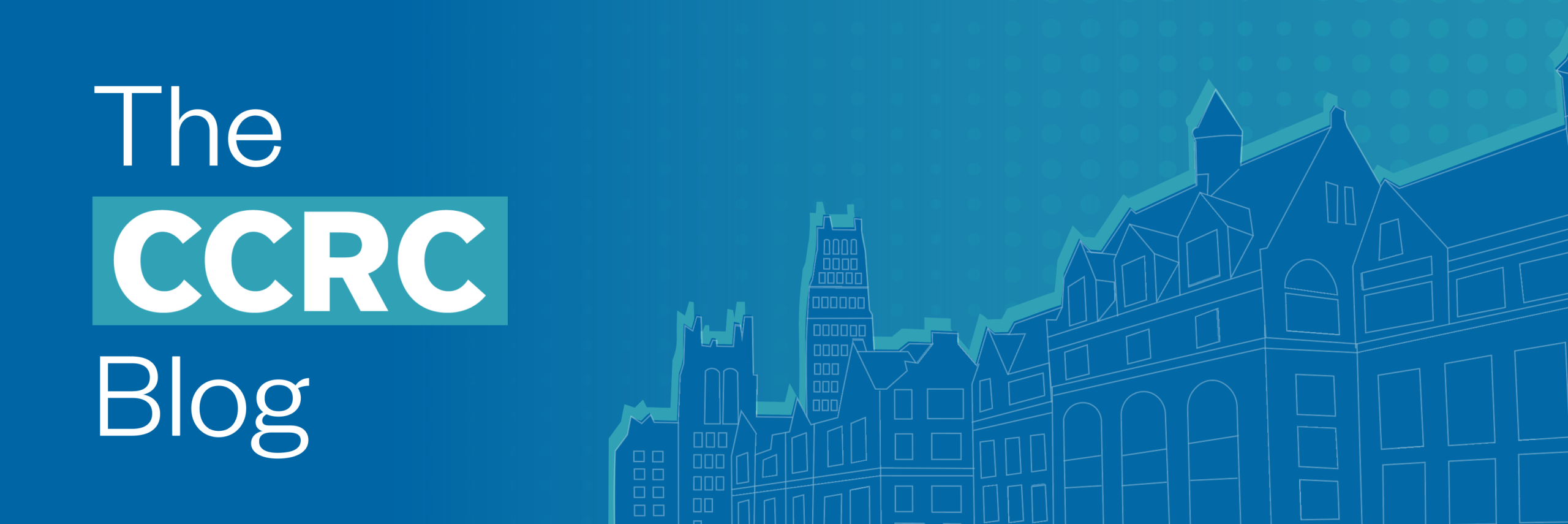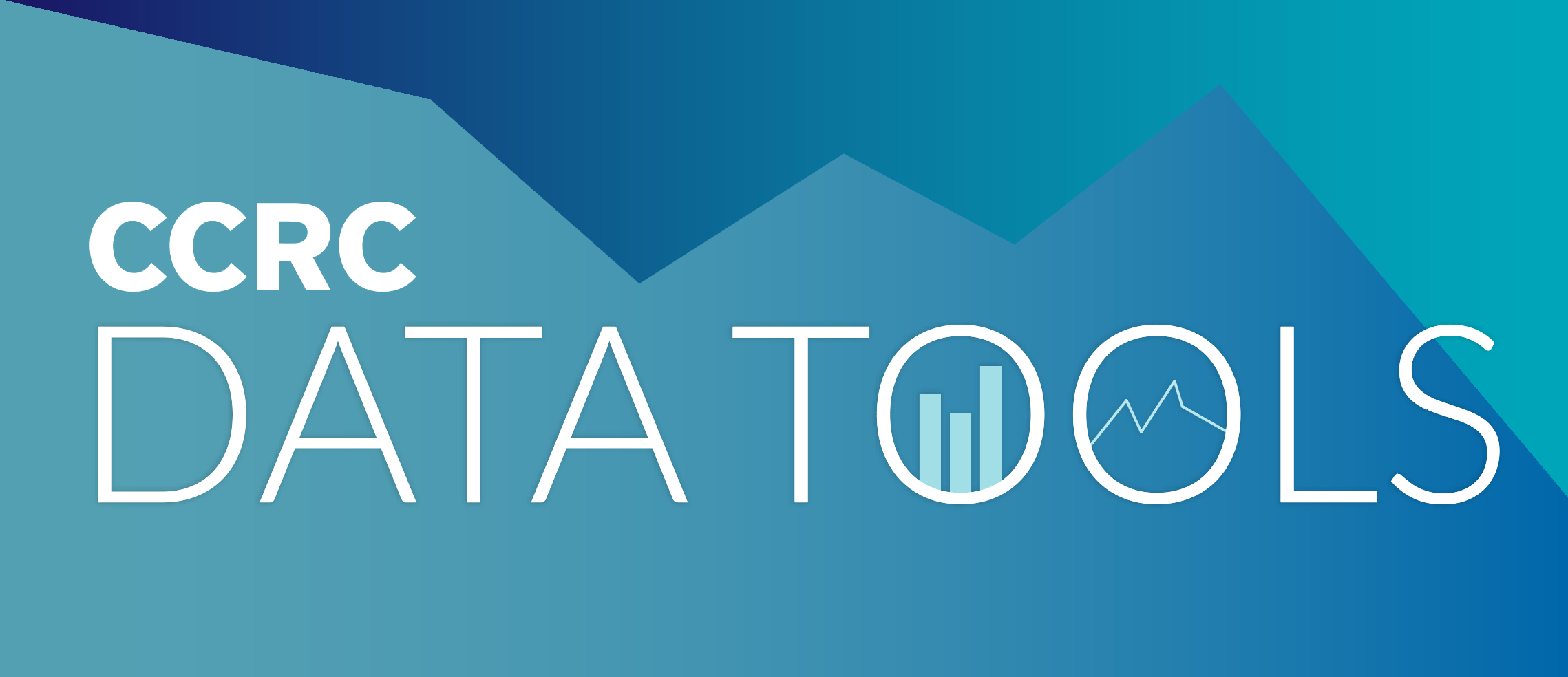To promote equitable access to higher education, community colleges have long offered courses for credit and noncredit courses and programs that do not apply toward a degree, diploma, or certificate. Noncredit education at community colleges can function as a bridge to enrollment in for-credit courses and programs, acting as the first step into college and preparation for careers with higher earnings for low-income students. But this bifurcated structure has resulted in an organizational division between noncredit workforce education and for-credit workforce and transfer programs, a division that can confuse students and limit their educational and career opportunities.
A growing number of community colleges have started to better align their noncredit courses and programs with their for-credit programs, and they have employed a variety of strategies to do so. One such approach is prior learning assessment, which evaluates student learning that occurs outside of the traditional, credit-based college classroom and assigns credits to be used toward a degree program. Another prominent strategy is stackable credentials, which allow students to apply prior noncredit and credit certificates toward a degree. Broader reforms, such as guided pathways, also have the potential to address the rigid noncredit/credit division at community colleges. Prior research, however, suggests that practices aimed at improving the alignment of credit and noncredit education programs at community colleges are underutilized and underevaluated.
In response, the Capital One Foundation has partnered with 13 community colleges engaged in various efforts to improve credit and noncredit alignment. With grant funding and guidance from the foundation, the colleges are building upon previous efforts and experimenting with innovative approaches to better alignment. While the colleges have made important strides toward strengthening the links between credit and noncredit workforce programming, many have struggled to use data to inform decision-making among academic and noncredit leadership and to improve programming. In particular, noncredit workforce leaders often lack the data necessary to garner institutional support for alignment and to create structured pathways for credential-seeking, noncredit students.
To address this issue, beginning in spring 2019, CCRC collaborated with the Capital One Foundation and five of the colleges to build the colleges’ capacities to develop, evaluate, and improve policies and practices geared toward aligning credit and noncredit programs. CCRC and the foundation met with the colleges to develop a tool that details the types of data colleges need as they establish and strengthen credit and noncredit alignment of workforce programs. The tool focuses on three data domains: employers, institutions, and students. The working group considered why each domain was crucial to alignment and which data points were most salient in making the case for alignment. Among other things, the tool provides a framework for using data to help colleges create awareness and understanding between credit and noncredit personnel, identify the skills and experiences needed for employment, track noncredit students as they advance through the postsecondary education system, and develop key priority areas for reform and change within the college.
Given the growth of noncredit workforce programs and their significance to many community college students, the alignment data tool represents an important and timely resource for the field. In the coming year, CCRC will continue to serve as a research partner to support the foundation’s efforts to guide the working group’s development of the tool. In January, we will collect information on how colleges use the tool, and based on this information, we will create a playbook that illustrates how other colleges can use data to support the integration of their credit and noncredit divisions.





